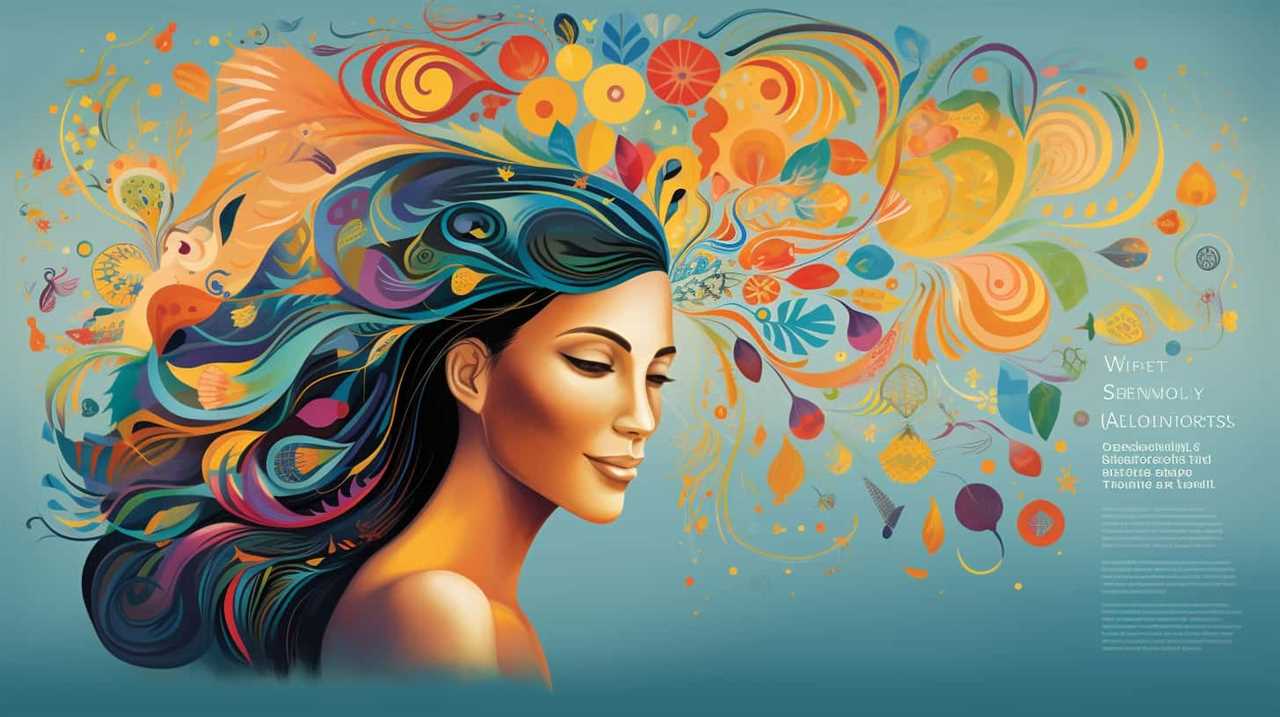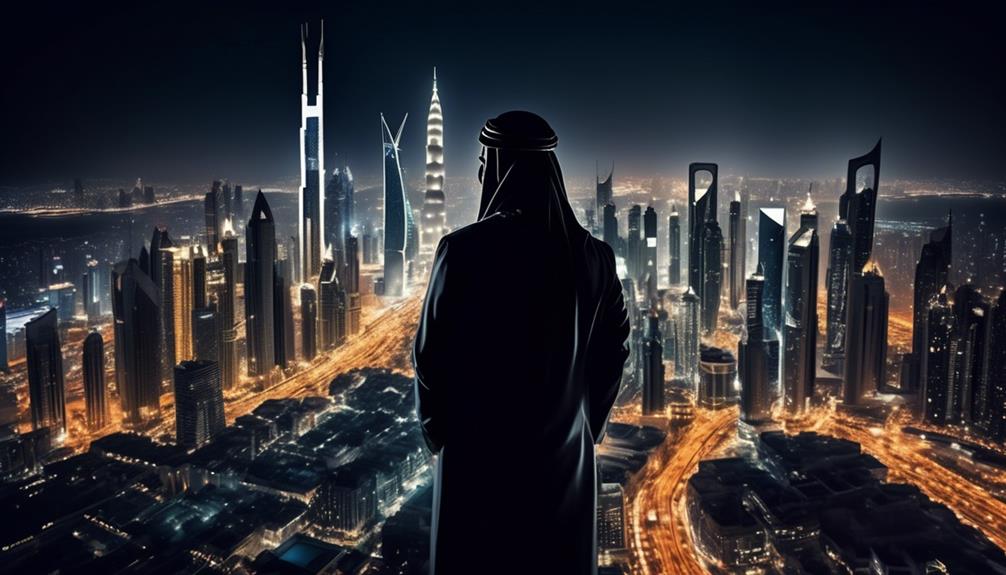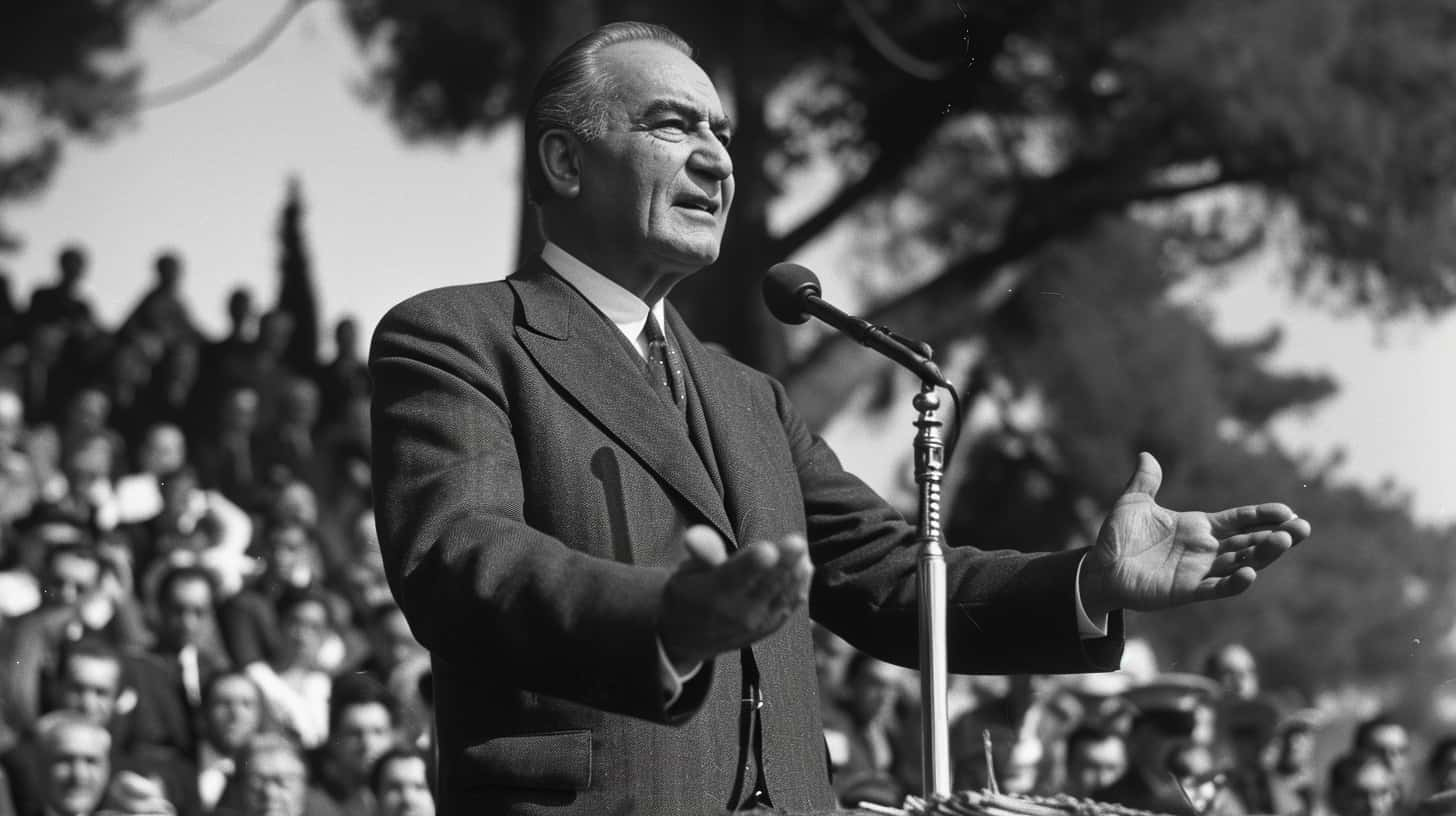In our investigation of Bob Brown’s sayings, we immerse ourselves in the knowledge and perspectives of an Australian politician and environmental activist. Throughout his extensive career, Bob Brown has made a permanent impact on the spheres of political and environmental activism.
One fascinating statistic is that he served as the leader of the Australian Greens from 2005 to 2012, during which time the party experienced significant growth and influence.
Throughout his life, Brown has been a vocal advocate for environmental protection, climate change action, and social justice. His leadership and inspirational quotes have inspired many to take action and make a positive difference in the world.
Join us as we delve into the remarkable quotes of Bob Brown, a true champion for the planet and its inhabitants.
Key Takeaways
- Bob Brown played a pivotal role in the environmental movement in Australia, particularly in campaigns to save Lake Pedder and the Franklin River.
- He co-founded the Tasmanian Greens and was elected as the first member of the Australian Greens party, becoming the first Greens senator in Australian history.
- Brown's advocacy for renewable energy and sustainable alternatives to fossil fuels contributed to climate change mitigation.
- His legacy as a respected figure in environmental preservation continues to inspire and guide future generations in their quest for a greener and more sustainable world.
Early Life and Activism
Bob Brown's early life and activism played a crucial role in shaping his future as a prominent environmentalist and political leader.
Born in 1944 in Oberon, New South Wales, Brown grew up in a rural setting surrounded by nature, which fostered his love for the environment from a young age. His childhood experiences exploring the Australian bush and witnessing the beauty of the natural world sparked a deep sense of responsibility to protect it.
In the late 1960s, Brown's early environmental activism began to take shape. He became involved in the campaign to save Lake Pedder, a pristine wilderness in Tasmania, from being flooded for a hydroelectric scheme. This marked the beginning of his lifelong dedication to environmental causes. Brown's activism continued to gain momentum as he fought against the damming of the Franklin River in the early 1980s. His efforts to protect these wilderness areas not only raised public awareness but also demonstrated his unwavering commitment to environmental preservation.
Brown's early life and activism laid the foundation for his future leadership in the environmental movement. His experiences in nature and his early involvement in environmental campaigns shaped his values and principles, setting him on a path to become a prominent figure in the fight for a sustainable future.
Political Career Beginnings
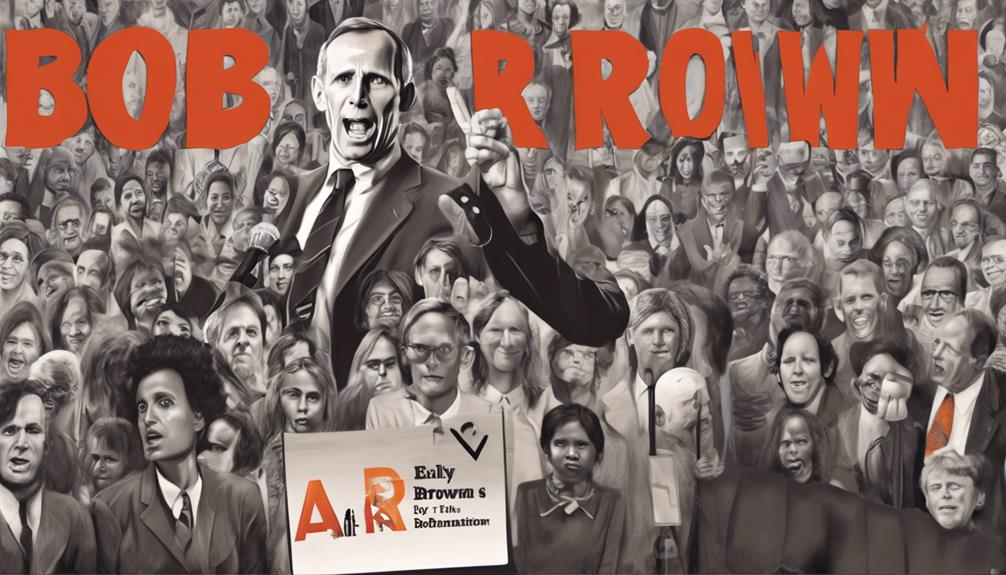
During his early years of activism, Brown's passion for environmental preservation led him to embark on a political career. His early political experiences played a crucial role in shaping his future as a politician and environmentalist.
In the 1970s, Brown became involved in the campaign against the construction of the Franklin Dam in Tasmania. This landmark campaign not only highlighted his dedication to environmental causes but also showcased his leadership abilities and ability to mobilize public support.
Inspired by his success in the Franklin Dam campaign, Brown co-founded the Tasmanian Greens in 1972, marking the beginning of his political aspirations. The party aimed to address environmental issues and promote sustainability in Tasmania. Brown's involvement with the Greens allowed him to further influence policy decisions and advocate for environmental protection.
In 1996, Brown was elected to the Australian Senate as the first member of the Australian Greens party. This marked a significant milestone in his political career as he became the first Greens senator in Australian history. Throughout his time in office, Brown continued to champion environmental causes and challenge traditional political ideologies.
Brown's early political experiences and unwavering commitment to environmental preservation laid the foundation for his influential political career. His dedication to the environment and his ability to mobilize public support have made him a prominent figure in Australian politics.
Key Environmental Achievements
After laying the foundation for his influential political career through his early activism and involvement in the Franklin Dam campaign, Bob Brown went on to achieve significant milestones in environmental preservation. His dedication to climate change initiatives and commitment to developing sound environmental policies have left a lasting impact on Australia and the world.
One of Brown's key achievements was the establishment of the Australian Greens, a political party focused on environmental sustainability and social justice. This platform provided a platform for Brown to advocate for strong environmental policy and push for action on climate change.
Additionally, Brown played a crucial role in the protection of Tasmania's ancient forests. His leadership and activism led to the successful campaign against the proposed Wesley Vale pulp mill, preventing the destruction of valuable wilderness areas.
To further highlight Brown's environmental achievements, here is a table that showcases some of his notable contributions:
| Achievement | Impact |
|---|---|
| Establishment of the Australian Greens | Provided a political platform for environmental advocacy and policy development |
| Successful campaign against Wesley Vale pulp mill | Preserved Tasmania's ancient forests from destruction |
| Advocacy for renewable energy | Promoted sustainable alternatives to fossil fuels, contributing to climate change mitigation |
Bob Brown's tireless efforts in championing climate change initiatives and advocating for strong environmental policy have made him a respected figure in the field of environmental preservation. His legacy continues to inspire and guide future generations in their quest for a greener and more sustainable world.
Climate Change Advocacy

Climate change advocacy has been a central focus of Bob Brown's environmental activism and political career. Here are three key aspects of his advocacy work:
- Pushing for Climate Change Solutions:
- Bob Brown has consistently advocated for practical and effective solutions to address climate change.
- He's emphasized the need for renewable energy sources and the reduction of greenhouse gas emissions.
- Brown has also highlighted the importance of transitioning to a low-carbon economy and investing in sustainable technologies.
- Promoting International Collaboration:
- Recognizing that climate change is a global issue, Brown has been a strong proponent of international collaboration.
- He's called for countries to work together to implement and strengthen international agreements, such as the Paris Agreement.
- Brown has also urged governments to support and engage with global initiatives aimed at combating climate change, such as the United Nations Framework Convention on Climate Change.
- Raising Awareness and Mobilizing Action:
- Brown has used his platform to raise awareness about the urgency of climate change and its potential consequences.
- Through public speeches, media appearances, and grassroots campaigns, he's sought to educate the public and inspire individuals to take action.
- Brown has encouraged people to make sustainable lifestyle choices, join environmental organizations, and engage in peaceful protests to demand climate action from governments and corporations.
Bob Brown's climate change advocacy has been characterized by a commitment to finding solutions, promoting international collaboration, and mobilizing action at both the individual and systemic levels.
Conservation Efforts
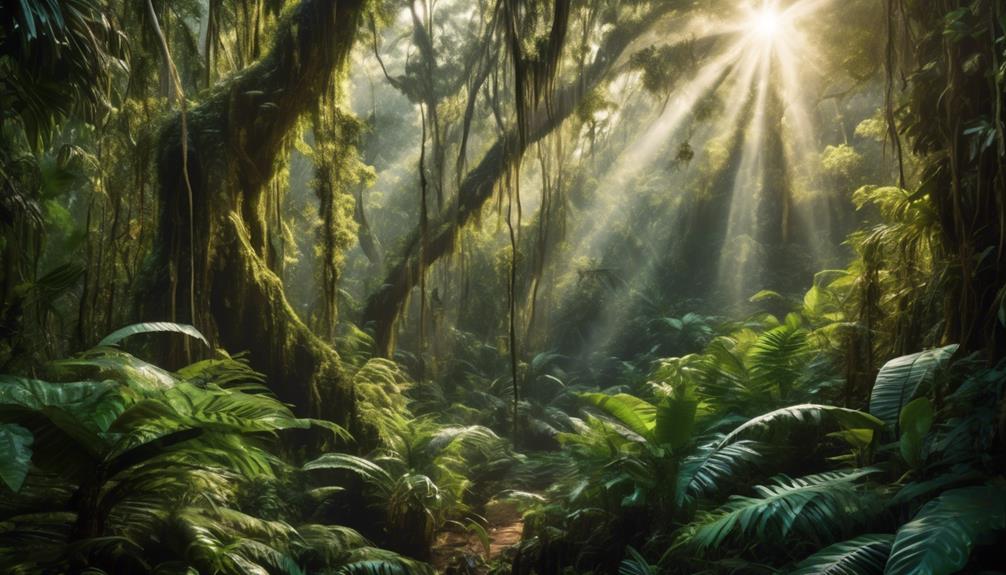
In our ongoing discussion of Bob Brown's quotes, we now turn our attention to his conservation efforts.
Brown has been a staunch advocate for wildlife protection initiatives, working tirelessly to preserve and safeguard endangered species and their habitats.
Additionally, he's been a strong proponent of sustainable resource management, promoting practices that ensure the long-term viability of our natural resources.
These efforts reflect Brown's commitment to preserving the environment for future generations.
Wildlife Protection Initiatives
Wildlife protection initiatives are crucial for the preservation and conservation of our natural habitats and the diverse species that inhabit them. These initiatives aim to engage the community and raise public awareness about the importance of wildlife conservation.
Here are three key aspects of wildlife protection initiatives:
- Community Engagement: Wildlife protection initiatives involve actively involving the local community in conservation efforts. This can be done through educational programs, volunteer opportunities, and partnerships with local organizations. By engaging the community, we can foster a sense of responsibility and ownership towards protecting wildlife and their habitats.
- Public Awareness: Creating public awareness is essential for wildlife protection. It involves spreading knowledge about endangered species, the threats they face, and the actions individuals can take to help. Public awareness campaigns can be conducted through various mediums, such as social media, documentaries, and public events. By increasing public awareness, we can garner support and inspire action for wildlife conservation.
- Habitat Restoration: Protecting wildlife also requires restoring and preserving their natural habitats. Wildlife protection initiatives focus on habitat restoration projects, such as reforestation, wetland restoration, and removing invasive species. By restoring habitats, we provide a safe and thriving environment for wildlife to thrive.
Sustainable Resource Management
After discussing the importance of wildlife protection initiatives, we now turn our attention to the crucial aspect of sustainable resource management in conservation efforts.
Sustainable resource management plays a vital role in preserving our environment and ensuring its long-term viability. One key aspect of this is sustainable agriculture, which involves practices that minimize the impact on the land, water, and ecosystems while still meeting the needs of food production. By promoting sustainable agricultural practices such as organic farming and crop rotation, we can reduce soil erosion, preserve biodiversity, and maintain healthy ecosystems.
Another important component of sustainable resource management is the adoption of renewable energy sources. This includes harnessing the power of wind, solar, and hydro energy to reduce our reliance on fossil fuels and mitigate climate change.
Social Justice and Human Rights

When it comes to social justice and human rights, Bob Brown firmly believes in equality for all.
He advocates for change by speaking out against injustices and fighting for the rights of marginalized communities.
Brown believes in empowering these communities to have a voice and ensuring that their rights are protected.
Equality for All
In the pursuit of social justice and human rights, our commitment to equality for all remains unwavering. Achieving equality requires addressing issues such as empowering women and reducing income inequality. Here are three key aspects to consider:
- Empowering Women: Ensuring gender equality isn't only a matter of justice but also crucial for societal progress. By promoting equal access to education, healthcare, and economic opportunities, we can empower women to reach their full potential. This includes promoting women's representation in leadership positions and dismantling systemic barriers that limit their opportunities.
- Income Inequality: Tackling income inequality is vital for creating a fair and just society. By implementing policies that promote fair wages, progressive taxation, and social safety nets, we can reduce the wealth gap and provide equal opportunities for all. This includes advocating for policies that address the root causes of income inequality, such as addressing disparities in education and ensuring a living wage for all.
- Social Mobility: Promoting social mobility is crucial for breaking the cycle of poverty and ensuring equal opportunities for everyone. By investing in quality education, affordable housing, and accessible healthcare, we can provide individuals with the tools and resources they need to succeed. This includes implementing policies that create a level playing field and remove systemic barriers that hinder upward mobility.
Advocating for Change
Our commitment to equality for all extends beyond addressing issues such as empowering women and reducing income inequality; it also encompasses advocating for change in social justice and human rights.
To achieve this, we must prioritize environmental education and promote renewable energy initiatives. Environmental education plays a crucial role in raising awareness about the interconnections between social justice, human rights, and the environment. By educating individuals about the importance of preserving our ecosystems and the impact of climate change on marginalized communities, we can foster a sense of responsibility and inspire action.
Additionally, supporting renewable energy initiatives is essential for creating a more sustainable and equitable future. By transitioning to cleaner energy sources, we can reduce pollution, mitigate climate change, and ensure access to affordable and reliable energy for all.
Together, these efforts can contribute to a more just and inclusive society.
Empowering Marginalized Communities
Empowering marginalized communities is a crucial step towards achieving social justice and upholding human rights. It involves community development and grassroots empowerment, enabling marginalized groups to have a voice, make decisions, and participate in the development of their own communities.
Here are three key aspects of empowering marginalized communities:
- Access to resources: Empowering marginalized communities means ensuring equal access to resources such as education, healthcare, and economic opportunities. This can help break the cycle of poverty and improve overall well-being.
- Building capacity: Empowering marginalized communities involves providing them with the knowledge, skills, and tools necessary to advocate for their rights and actively participate in decision-making processes. It includes promoting leadership development and fostering community-led initiatives.
- Addressing systemic barriers: Empowering marginalized communities requires addressing and dismantling systemic barriers and inequalities that perpetuate discrimination and marginalization. This involves advocating for policy changes, challenging discriminatory practices, and promoting inclusivity and equality for all.
Leadership and Inspirational Quotes

Bob Brown's quotes on leadership and inspiration serve as a guiding light for individuals seeking motivation and guidance in their personal and professional lives. As a renowned Australian politician and environmentalist, Brown possesses a deep understanding of leadership qualities and has delivered numerous motivational speeches throughout his career. His words resonate with audiences, inspiring them to take action and make a positive impact on the world.
To further explore Bob Brown's insights on leadership and inspiration, let's take a look at some of his notable quotes:
| Quote | Meaning |
|---|---|
| "Leadership is about doing the right thing, even when no one is watching." | Brown emphasizes the importance of integrity and ethical decision-making in leadership. True leaders act based on principles, regardless of external scrutiny. |
| "The greatest leaders are those who empower others to become leaders themselves." | Brown highlights the transformative power of leadership, emphasizing the importance of supporting and nurturing the potential of others. |
| "Leadership is not about being in charge. It is about taking care of those in your charge." | This quote reflects Brown's belief that leaders should prioritize the well-being and development of their team members, fostering a supportive and inclusive environment. |
| "Leadership is not about being the loudest voice in the room. It is about listening and understanding others." | Brown emphasizes the importance of effective communication and empathy in leadership. True leaders actively listen to others' perspectives and seek to understand them. |
These quotes encapsulate Bob Brown's wisdom and offer valuable insights into the qualities and mindset required for effective leadership. By embracing these principles, individuals can unlock their own leadership potential and inspire others to do the same.
Legacy and Influence

Bob Brown's enduring legacy and influential impact on the political and environmental landscape continue to shape and inspire individuals around the world. His influence on youth and role in international politics have left a profound mark on both the present and future generations.
Youth Empowerment: Bob Brown's activism and leadership have had a significant influence on young people, inspiring them to take action and become involved in environmental causes. Through his speeches and advocacy, he's encouraged young individuals to stand up for what they believe in and fight for a sustainable future.
International Recognition: Brown's role in international politics can't be understated. As a former leader of the Australian Greens, he's played a crucial role in promoting environmental issues on a global scale. His efforts in raising awareness about climate change and biodiversity conservation have garnered international recognition and have helped shape the global discourse on these pressing issues.
Environmental Policy Impact: Brown's influence extends beyond his activism and advocacy. As a politician, he's worked tirelessly to implement environmental policies that prioritize sustainability and protect the natural world. His contributions to policy-making have had a lasting impact on environmental legislation in Australia and have set a precedent for other nations to follow.
Frequently Asked Questions
How Did Bob Brown's Early Life Experiences Shape His Environmental Activism?
Bob Brown's childhood influences and early activism experiences shaped his environmental activism in profound ways.
His upbringing in rural Tasmania instilled in him a deep appreciation for nature and a strong sense of environmental stewardship.
As a young doctor, Brown witnessed firsthand the devastating effects of deforestation and industrialization on the environment and became determined to make a difference.
These early experiences fueled his passion for conservation and motivated him to become a prominent advocate for environmental causes in Australia and around the world.
What Were Some of the Key Challenges That Bob Brown Faced During His Political Career?
When it comes to the challenges faced during our political careers, there are several that stand out.
Bob Brown navigated a complex landscape, facing opposition from powerful interests and political adversaries. He encountered resistance to his environmental agenda, with critics questioning his policies and tactics.
Brown also had to contend with the pressures and demands of public office, balancing the needs of his constituents with his own principles. Despite these challenges, he remained steadfast in his commitment to environmental activism and made significant contributions to the cause.
Can You Provide Examples of Bob Brown's Notable Achievements in Environmental Conservation?
Bob Brown's notable achievements in environmental conservation are numerous.
His early life experiences, including growing up in a rural area and witnessing the destruction of natural habitats, greatly shaped his environmental activism.
Throughout his political career, Brown successfully campaigned for the protection of forests, rivers, and wildlife. He also played a key role in the establishment of the Great Barrier Reef Marine Park.
Brown's dedication to environmental conservation has had a lasting impact on Australia's natural landscapes.
How Did Bob Brown's Advocacy for Climate Change Policies Contribute to Broader Environmental Movements?
Advocacy for climate change policies by Bob Brown greatly impacted public awareness, inspiring a collective urgency towards environmental issues. His powerful voice and tireless efforts propelled the broader environmental movements, fostering a sense of responsibility and encouraging individuals to take action.
Moreover, Bob Brown's policies had a significant influence on government action, driving the implementation of sustainable practices and pushing for stronger environmental regulations.
His legacy continues to inspire and shape the trajectory of environmental conservation worldwide.
Did Bob Brown's Conservation Efforts Extend Beyond Environmental Issues Into Other Areas?
Bob Brown's conservation efforts extended beyond environmental issues into other areas. His influence on indigenous rights was notable, as he advocated for the recognition and protection of Indigenous lands and culture.
Additionally, Brown was involved in various social justice issues, such as fighting against discrimination and inequality. His activism demonstrated a commitment to a holistic approach to conservation that encompassed not only the natural environment but also the well-being and rights of all people.
What Are Some Similarities and Differences Between the Environmental Views of Bob Brown and David Suzuki?
Bob Brown and David Suzuki, two famous Canadian environmentalist quotes, share a strong belief in the importance of protecting the environment. They both advocate for sustainable living and conservation efforts. However, they differ in their approaches to activism and specific policy recommendations.
Conclusion
Overall, Bob Brown's career as an Australian politician and environmentalist has left a lasting impact on both the political landscape and environmental conservation efforts. With a strong focus on climate change advocacy and conservation, Brown has been a vocal leader in promoting social justice and human rights.
His inspiring quotes continue to resonate with many, and his legacy lives on in the ongoing fight for a sustainable and equitable future. One interesting statistic is that during his time as leader of the Australian Greens, the party's membership grew from 2,000 to over 10,000, indicating the significant influence he had on mobilizing support for environmental causes.
Joy, as our Editor in Chief, ensures the highest standard of content. Her talent in writing is complemented by her attention to detail and passion for literature and culture. Joy’s expertise and love for the English language shine through in her editorial work, making each piece a testament to quality and clarity.

